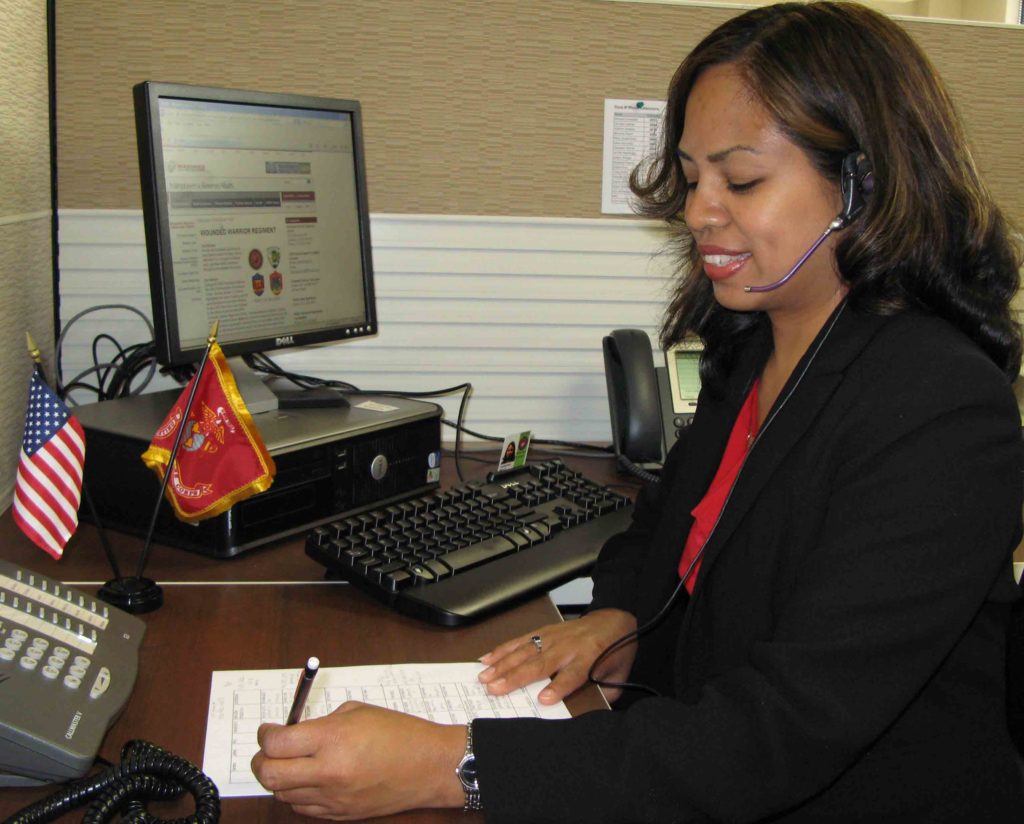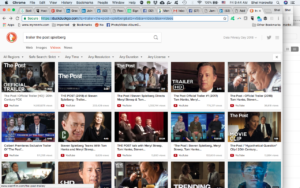Ahem, You Don’t Have a Clue, O Airline Lobbyist (Or Are You Just DoingYour Job?)
Heather Cox Richardson reported in her newsletter this morning about a government crackdown on hidden charges such as airline baggage fees:
An airline lobbyist testified at a federal hearing in March that changing the policy would create “confusion and frustration” and that there have been “very few complaints” about the extra costs for bags. The same lobbying group told the Department of Transportation that the government had no data to “demonstrate substantial harm” to passengers.
To put this quote in context, click the link above and scroll to the paragraph beginning “Falling prices for travel and for the foods usually on a Thanksgiving table are news the White House is celebrating.” Continue reading through “The authors say that the new organization will provide a conservative voice for democracy and that they hope to work with much more deeply established progressive voices.”
I can draw two opposing conclusions from this quote. Either…
- This clueless lobbyist is completely oblivious to public opinion and has never been introduced to the concept of evidence-based research,
or - This is a highly skilled strategic lobbyist attempting to deflect public anger and potential government regulation by pretending this massive problem doesn’t exist.
I have a clear sense of which I believe is true—but I’m not committing to it publicly because it might get me sued. You can draw your own inferences.
As it happened, I flew early Saturday morning from Boston to Minneapolis. And I observed that the airline officials were a bit panicky about getting all the carry-ons into the overhead bins. So much so that not only did we get offered a free upgrade to checked bag as we printed our boarding passes, they were making repeated announcements in the gate lobby and actually asking people as they boarded if they wanted one more chance to check their carry-on at no charge. And we were quite willing to take them up on it, sacrificing 15 minutes after the flight to avoid wheeling our bags all through the airport and lifting them above our heads to get them in and out of the overhead compartments.
I have seen this offer made repeatedly when I fly airlines that charge for stored baggage. What I draw from this is that plenty of people are angry about hidden charges and unwilling to pay the fees, so there are far more carry-on bags competing for space than in the days before baggage fees (especially since experienced travelers know that there will often be a free upgrade if the plane is crowded—and if it’s not crowded, there’s no problem using the overhead bin). Rather than expressing anger by not flying, customers simply boycott paid checked baggage—or, if their itinerary matches the traveler’s need, choose to fly airlines like Southwest and JetBlue that don’t charge for a checked bag or two. Millions of travelers are voting with their feet (or maybe their shoulder muscles).
My personal preference is to fly those carriers, but my higher priority is nonstop flights at reasonable times, so I sometimes fly the carriers that charge—and simply pack everything into my carry-on and leave home any items on the banned list. I once flew a no-frills airline that charged for everything they could to sit in its rock-hard, uncomfortable seats. As far as I’m concerned, a plane ticket should include such basics as getting a pre-assigned seat (except if nobody has one, as on Southwest). Flying that no-frills carrier felt like renting a car with no seat cushion and being charged extra for the steering wheel. I never flew them or any similar carrier again.
And years ago, in my own consulting and writing business, I switched from breaking out certain pieces that almost everyone wanted to including them.
As an example, I used to charge for keeping an electronic copy of certain client projects on my hard drive. Now, I email their documents to them AND maintain a copy on my system. And if a client loses the file, I don’t charge to resend it.
How do YOU feel about hidden charges? Please leave a note in the comments about whether you prefer to know the full price for what you need or whether you prefer different pieces added on separately.
PS: The O in the headline is not a typo. It’s a different word than “Oh” and is often used in formal or ancient texts (including the Bible and the Qu’ran) to draw the attention of the person being addressed.

 In August, I received a letter from my primary care doctor announcing that he was cutting back on his patient hours. He has been my doctor since about 2003. In November, as COVID seemed to be easing, I called to schedule a physical exam for the first time in several years. I explained that I had several concerns and I really trusted my doctor’s diagnostic ability and asked if it was possible, despite his scaling back, to schedule with him. And I was given an appointment for today at 2:40 p.m.
In August, I received a letter from my primary care doctor announcing that he was cutting back on his patient hours. He has been my doctor since about 2003. In November, as COVID seemed to be easing, I called to schedule a physical exam for the first time in several years. I explained that I had several concerns and I really trusted my doctor’s diagnostic ability and asked if it was possible, despite his scaling back, to schedule with him. And I was given an appointment for today at 2:40 p.m.







